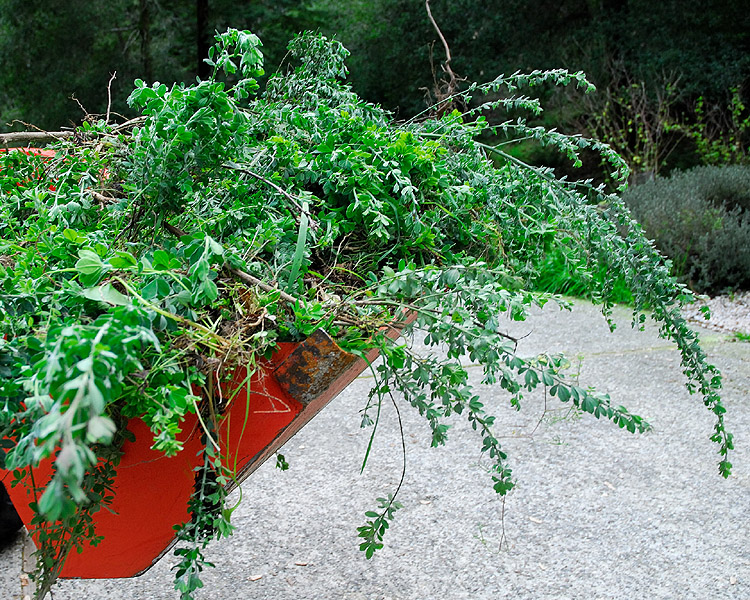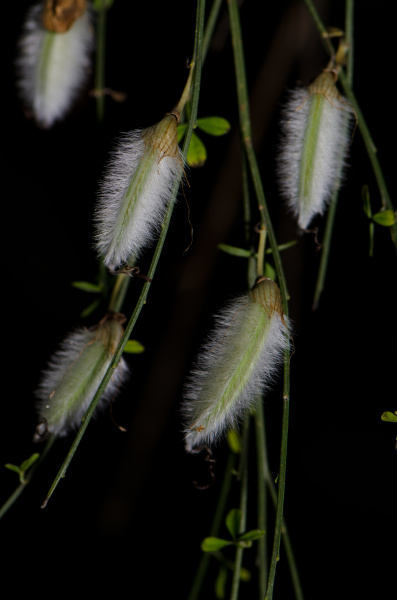

Frenchīroom seedlings are less tolerant of frost than are those of Scotch broom andĬonsequently are less often found at higher elevations.

Problematic in California and Australia (Partridge 1989, Parsons 1992). While Scotch broom isĪ problem species in many parts of the world, French broom is especially Nitrogen-fixing bacteria found in small nodules on roots. Is competitive in low-fertility soils because of mutualistic relationships with Species in California, it grows reasonably well on alkaline soils with pH 8. Soil moisture conditions, but prefers siliceous soils. This broom is common on coastal plains, mountain slopes, and inĭisturbed places such as river banks, road cuts, and forest clearcuts, but itĬan colonize grassland and open canopy forest. Northern Sierra Nevada foothill counties to 800 meters, and in Kern, San observation).įrench broom is found primarily in centralĬoastal counties from Monterey County north to Mendocino County and inland in Per pod, brown to black, shiny, round to oval, with a cream to yellow eliaosome Fruit: a pod, 0.5-1 in (15-25 mm), covered in dense silky Inch, and only about fifty-five percent of total green tissue as leaves (Bossard Scoparius), which has pods with hairs only at the seam, green stems that areįive-angled and ridged, flowers that are golden yellow and larger than half an This species sometimes is confused with Scotch broom (Cytisus The mostly inch-long pods are covered with hairs. Half-inch) yellow flowers are pea-like and clustered in groups of four to ten. Photosynthetic tissue of French broom is in leaf tissue. The round stems are covered with silvery, silky hair, and the small leaves are Monspessulana) is an upright, evergreen shrub, commonly to ten feet tall. canariensis, Genista monspessulanus, Teline monspessulana French broom, soft broom, canary broom, Montpellier broomĬytisus monspessulanus, C.


 0 kommentar(er)
0 kommentar(er)
